
Exmoor - Five Fabulous Walks For Discovering The Best of Exmoor.
Exmoor's Enchanting Trails: A Journey Through Time, Nature, and Self-Catering Delights
Exmoor National Park, a tapestry of windswept moors, ancient woodlands, and dramatic coastlines, offers a plethora of self-catering holiday experiences. From quaint thatched villages to steep, wooded valleys and wild, cloud-swept open moorland, Exmoor's landscape invites visitors to step into a rich tapestry of history, culture, and natural wonder.
Activities for Every Interest
Beyond walking, Exmoor caters to a variety of interests. Cycling holidays have gained popularity, with ancient footpaths and green lanes offering scenic routes. The Tarka Trail and Two Moors Way provide long-distance challenges for more adventurous visitors. For those seeking a more relaxed pace, the numerous villages dotting the moor offer charming tea rooms and craft shops, perfect for leisurely exploration.
Exmoor is a wild swimmer's paradise. In addition to having some of the UK's best beaches in its vicinity, its twisting rivers offer all kinds of will swimming opportunities in large pools or stretches of river, such as at Cow Castle near Simonsbath.
If you prefer to stay warm and dry, book an Exmoor Wildlife Safari and travel by 4-wheel drive in search of Exmoor's wildlife, from red deer to Exmoor ponies and black and white 'belties' (you will recognise them all when you see them).
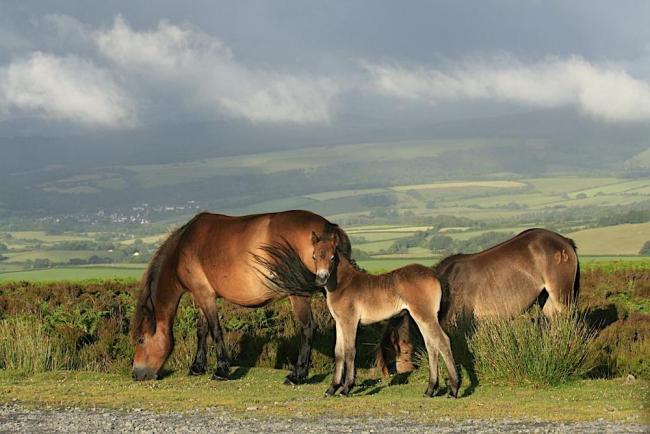
First, Find An Exmoor Holiday Home To Accommodate Your Every Need
Our Exmoor pages feature more than a hundred Exmoor holiday cottages
These properties cater to all group sizes, from romantic retreats to large holiday cottages, and are ideal for special occasions, reunions, or family gatherings. Many properties offer panoramic moorland views, providing a perfect base for exploring the National Park's diverse landscapes.
Whether seeking literary inspiration, maritime heritage, or simply the joy of being immersed in one of England's most captivating landscapes, Exmoor's self-catering holidays promise adventure and discovery. From the fresh moorland air to the distant cry of a buzzard or red kite or the sudden glimpse of red deer through ancient oak woods, these experiences will stay with you long after you return home.
Discover your perfect Exmoor retreat and create lasting memories in this remarkable corner of England, where every stay tells a story of natural beauty, rich history, and warm hospitality.
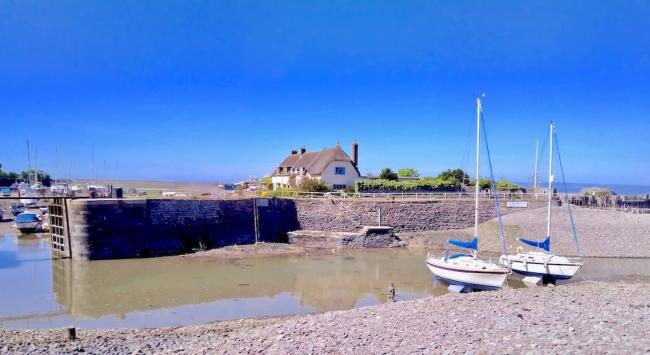
1. The South West Coast Path: Where Moor Meets Sea
The South West Coast Path carves its way along Exmoor's dramatic coastline, offering walkers breathtaking vistas of the Bristol Channel. Travelling west from its starting point in Minehead, this section showcases the raw power of nature, with towering cliffs, the tallest in Europe, standing sentinel over hidden coves. In winter (and from a safe high-up location), watch lumpen, grey Atlantic rollers surge shorewards for spectacular (and noisy) head-on collisions with the cliffs.
As you traverse this path, you'll pass Poorlock Weir, which will prove to be a delightful discovery. and another good fuel stop. As you walk ever westwards, take time to visit the tinniest parish church in England, Culbone Church, which is in a remote woodland location. Continue onto charming coastal villages like Lynmouth. Known as 'Little Switzerland' for its stunning scenery, It has one of the oldest and steepest water-powered cliff railways in the world, connecting Lynton with Lynmouth. The twin villages' other world-first claim is that it was the first location in the UK to have public street lighting. It was powered by another innovation, hydroelectricity, and continues to operate to this day.
Rest your feet at the Ramblers Rest, a tearoom with majestic Channel Views to enjoy while savouring a well-earned cream tea. If you are walking westwards along the coast path towards Lynmouth, it’s located off the A39 right on the Devon and Somerset border harbour. You can sit at opposite ends of a table and be in different counties. Another pitstop for something more substantial is the Blue Ball Inn at the top of Coutesbury Hill. Saunter around the Foreland Peninsula or back along the coast path down to Lynmouth. Either walk will be filled with dozens of stops for photos.
In summer, walk the Exmoor sections of the Coast Path one way and catch the Coast Rider, a beautiful open-top bus which cruises every 30 minutes along the A39 Coast Road from Lynmouth to Minehead. The Coast Rider bus actually begins its journey much further West, passing through all the North Devon towns and seaside resorts to Appledore. Highly recommended.
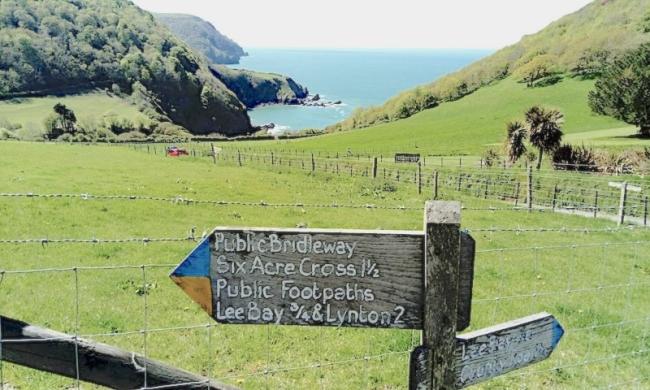
2. The Heart of Exmoor: From Moor to Valley
Venture into the heart of Exmoor, where rough cart tracks on the Moor give way to lush green woodlands and buttercup-spattered fields. Keep a keen eye out for the iconic Exmoor ponies and freely roaming red deer. The little town of Dulverton, nestled in a steeply wooded valley along the River Barle, serves as the unofficial capital of The Moor. This picturesque town offers a perfect blend of shops for souvenir hunting and delightful tea rooms. For a hearty meal in historic surroundings, visit the Royal Oak Inn, a 12th-century farmhouse turned pub. Other assignations with Exmoor's rivers include crossing the clear rushing water of the River Barle on a prehistoric clapper bridge at Tarr Steps. Head further downstream for a refreshing paddle and wild swim at Landacre Bridge, an imposing 5-arch, grade II* listed bridge with lovely riverside walks and picnic spots for a spot of toe-dipping while you tuck into your sandwiches.

3. The Coleridge Way: In the Footsteps of a Romantic Poet
Exmoor's literary legacy is woven into its landscape, inspiring great works such as 'Lorna Doone' and captivating poets like Samuel Taylor Coleridge. Follow the Coleridge Way to walk in the footsteps of the Romantic poet, meandering through landscapes that sparked some of his most famous works. In Porlock, visit St. Dubricius Church and its 1000-year-old yew tree, under which Coleridge once preached. Then enjoy a meal at the Ship Inn, Exmoor's oldest pub, steeped in centuries of local lore. It's known thereabouts as 'The Top Ship', but you'll need to cross its threshold to discover why (no spoilers)! On the Devon side of the Moor, you're in 'Doone Valley.' if you have never read R D Blackmore's novel, Lorna Doone, you'll want to after you have explored the Doone Valley. Visit Oand Church and take a turn up Badgeworthy Combe (pron. Baggery) and back across Brendon Common. Then seek out the Rockford Inn, a pub in Brendon or The Buttery, a traditional Exmoor tearoom in Malmsmead run by The National Trust, where there are magical riverside walks along the Lyn River in both locations.
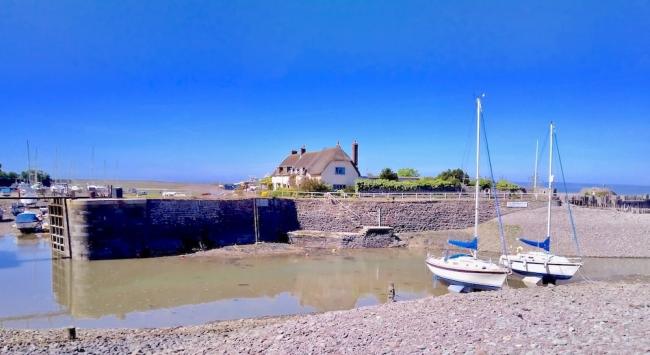
4. The Exe Valley: From Moor to Sea
The Exe Valley showcases Exmoor's diverse ecosystems, from wild, heather-clad uplands to lush, wooded valleys teeming with wildlife. This journey takes you through the heart of Exmoor's charm, with bubbling streams and cosy valleys contrasting with expansive moorland vistas. In Dulverton, known as the southern gateway to Exmoor, take time to browse the independent shops and art galleries before enjoying a meal at one of the charming local restaurants. Dulverton once had a junction station – now long gone- but if you want to know what the town has lost, the Heritage Centre has a complete, working scale model of the railway, well worth popping in to see between bookshops, boutiques and galleries.
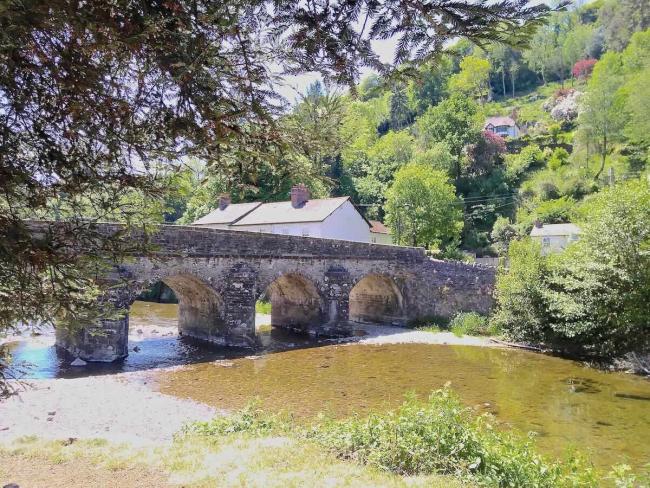
5. Historic Dunster and Minehead
On the eastern side of Exmoor, explore the historic village of Dunster, with the National Trust-managed Dunster Castle, a working water mill and ancient yarn market. The National Trust takes good care of the former pair, while the Yarn Market is open to all. Go inside and see if you can spot the small round hole in the roof. A cannonball made it during a Civil War skirmish. The Market won, but despite Cromwell 'knocking the Castle about a bit', it ultimately survived and was fully restored in the 17th Century.
Along the coast, Minehead, the 'Gateway to Exmoor,' offers a delightful blend of seaside resort and moorland adventure. These locations provide perfect bases for exploring Exmoor's coastal and inland wonders. Catch a steam-hauled Great Western train from Minehead station for a glorious stately chunter through 23 miles on the West Somerset Railway through idyllic countryside to Bishops Lydeard (and back).
The Coleridge Way passes through much of this area. Alight from your steam train at Watchet, make your way down to the harbour and take a seat to be inspired by the nautical view. You'll be following in the footsteps of Coleridge. After he'd sat down to look at the view, he composed The Ancient Mariner (so take a pen and paper along – you never know)!
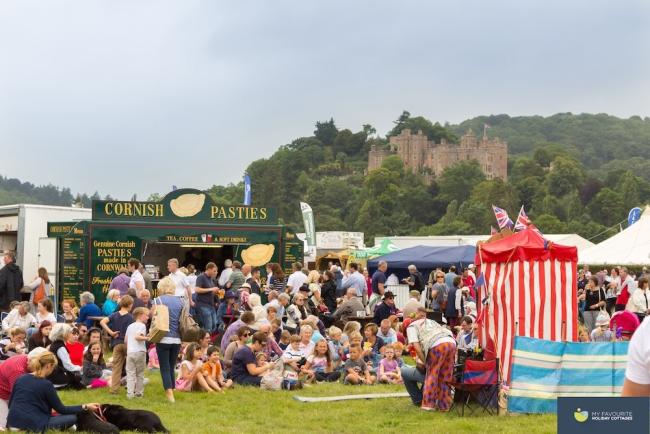
6. Seasonal Charms and Unique Experiences
Exmoor's allure changes with the seasons, offering unique experiences throughout the year. Spring brings a burst of wildflowers and newborn lambs. In late January and February, walk through shimmering swathes of this little white flower in 'Snowdrop Valley' near Wheddon Cross (with lunch at The Rest and Be Thankful pub. Summer offers long days perfect for exploring the moor and coastline. Autumn paints the landscape in rich hues, especially in the golden hour before sunset, ideal for photography enthusiasts. Winter transforms Exmoor into a serene wonderland, perfect for cosy cottage retreats. At dusk on a still, clear night, you can hear that newborn lamb bleat a good 2 miles off on the other side of the valley - such is the silence. Exmoor is a Dark Sky reserve, where on clear moonless winter nights, its sky is transformed into a vast celestial pin cushion of sparkling stars.
You can view more information on Exmoor to help you plan your holiday itinerary.
- 2 Exmoor Holiday Ideas
- Driving Across Exmoor
- Make Dunster Village Your Base When Holidaying on Exmoor
- Exmoor Christmas Holidays
- What to Do On Exmoor Self-Catering Holidays in Allerford
- Fabulous Walks For Discovering The Best of Exmoor
- 30+ Memorable Ways To Fill Self-Catering Holidays on Exmoor
- The Eight Tastiest Organic Food Shops and Suppliers on Exmoor
- Follow The Exmoor Cream Tea Trail